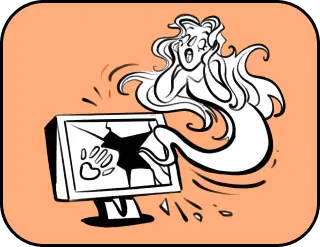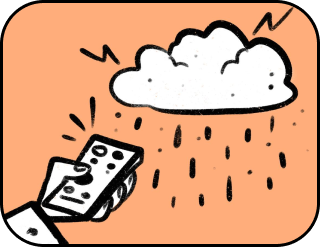The global history of dreams: From ancient myths to modern science
At last, the noisy world outside the windows is cloaked in the starry blanket of night. It’s time to delve into the realm of dreams.

So, what exactly is a dream?
The world of dreams is perhaps one of the most mysterious and complex phenomena. Throughout history, people have sought to understand the nature of the images and decode the mysteries and messages that come to them in dreams.
Each theory about dreams has been shaped by the worldview prevalent at different periods in time. As perspectives evolved, so did the understanding and approach to the subject of dreams.
Let’s try to explore: where do the images in dreams come from and what is their role? What causes vivid dreams? What forms do dreams take, and what practices exist in the field of dreams?
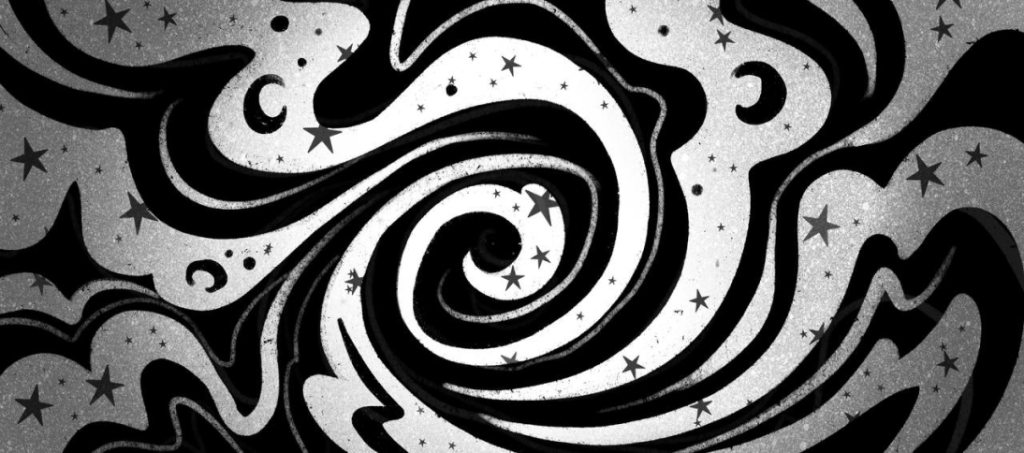
Metaphysics
Ancient people regarded the world of dreams with as much seriousness as the real world, believing that what was seen in dreams was far more important than what was happening in waking life. Dreams gave rise to the first metaphysical concepts of an alternative world existing beyond the boundaries of current reality. Thus, the ancient response to the question “Where do dreams come from?” was: “They are part of the transcendental world, or in other words, they come from another reality.”
Just as there was a division between higher and lower realms in the concept of worlds, so too were dreams classified as either good or bad. A higher or good dream was considered one that conveyed useful information, such as prophetic dreams, predictions, warnings, or inspirations. Conversely, a lower or bad dream was seen as depicting the intrusion of malevolent forces, deceit, temptation, or even possession.

As a result, followers of the metaphysical view of dreams believed and continue to believe that through dreams, people communicate with God, and they associate the nature of dreams with the desire of higher powers to warn and protect humans in their struggle against dark forces. According to the metaphysical model, the intervention of otherworldly forces can either help or harm, depending on the origin of the dream.
Metaphysicians assert that a dream is nothing more than the Soul’s journey between worlds, crossing boundaries from one reality to another to expand human consciousness. This worldview has given rise to numerous practices aimed at inducing prophetic dreams and spiritual journeys. These practices, known as oneiropraxis, involve working with the unconscious mind, with dream interpretation being among the most common. The most famous guide to dreams was Artemidorus Daldiansky’s “Oneirocritica.” In this guide, the author distinguished between ordinary and prophetic dreams, and between direct and allegorical dreams.
Science
With the development of natural sciences in the late 19th century, a new perspective on dreams emerged, significantly different from the metaphysical view of the world. The scientific approach is based on a materialistic model and therefore does not acknowledge the existence of other worlds. Scientists completely rejected the mystical view of dreams, focusing instead on neurophysiology and psychophysiology.
During the era when the metaphysical perspective on dreams was predominant, philosophers of the time were already contemplating scientific approaches. For instance, Democritus associated dreams with residual excitation in the sensory organs that continues for some time after a person falls asleep. Aristotle later wrote a treatise on dreams, denying divine involvement and suggesting that dreams have a natural, physiological origin. Thus, in response to the question “Where do dreams come from?”, proponents of the scientific approach answered: “Dreams are residual excitation in the sensory organs.”
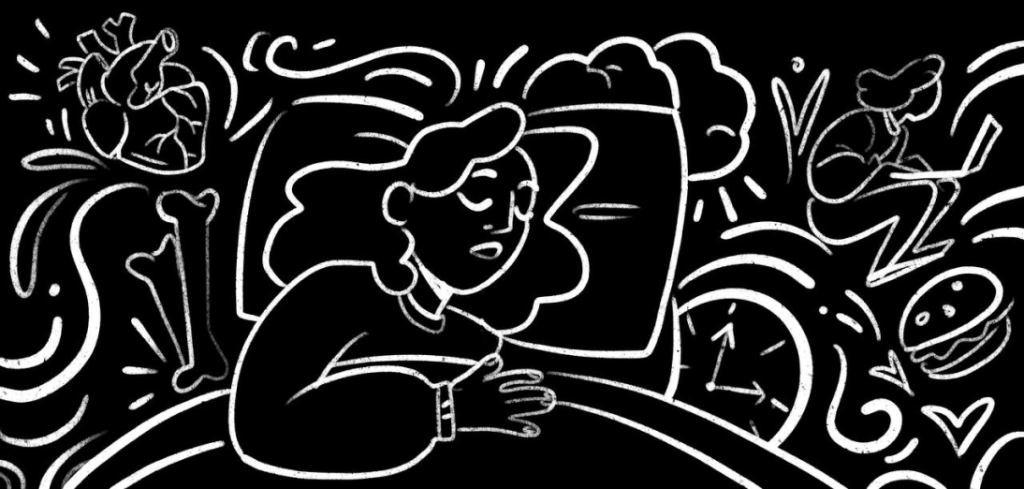
Later, in the 18th and 19th centuries, philosophers and scientists such as T. Hobbes, La Mettrie, and P. Cabanais expressed similar views as 20th-century physiologists: “Dreaming is a state between wakefulness and deep sleep, during which the activity of many external senses is interrupted and some brain functions cease.”
A completely new phase in the study of sleep began in 1937, when the use of electroencephalography (EEG) allowed for the identification of distinct sleep phases. Scientists later divided these into rapid eye movement (REM) sleep and non-rapid eye movement (NREM) sleep. The first three sleep cycles are categorized as NREM sleep, while the fourth cycle is REM sleep. The first and second phases are considered light sleep, the third stage of NREM sleep is a time for restoration and growth, and the fourth stage is REM sleep.
Our brain continuously cycles between REM and NREM sleep throughout the night. About 75-80% of our sleep is NREM, and 20-25% is REM. Remarkably, different processes occur in the body during different sleep phases. For example, during NREM sleep, bones and muscles are formed, tissues are regenerated, and the immune system is strengthened. During REM sleep, brain activity increases, and important cognitive processes are activated: the analysis of the previous day’s events and memory consolidation occurs, where information is transferred from short-term to long-term memory, and unnecessary information is discarded. Meanwhile, the body’s muscles are in a state of complete relaxation and rest.
Another breakthrough was the discovery of a link between REM sleep and dreaming. An interesting finding was that if subjects were awakened throughout the night during REM phases, the next night’s REM phase increased, indicating that the body was compensating for the previous night’s loss. This effect was not observed when subjects were awakened during other sleep phases.
An additional significant discovery was that after 72 hours of sleep deprivation, subjects experienced hallucinations. It was proposed that this is the brain’s way of compensating for the lack of sleep and dreams, thus demonstrating the vital necessity of sleep.
So where do dreams come from, according to scientists?
Dreams are seen as a product of human memory, imagination, and perception of the surrounding world. The scientific approach places particular emphasis on the function of sleep. Sleep is a compensation for natural sensory and emotional deprivation, related to the disconnection of sensory systems from external stimuli during sleep. Additionally, there is another, more complex function: the reproduction and organization of information received during the day, its distribution between short-term and long-term memory, and its integration into future life strategies. Sleep also promotes brain development, better learning, and consolidation of the information acquired during the day.
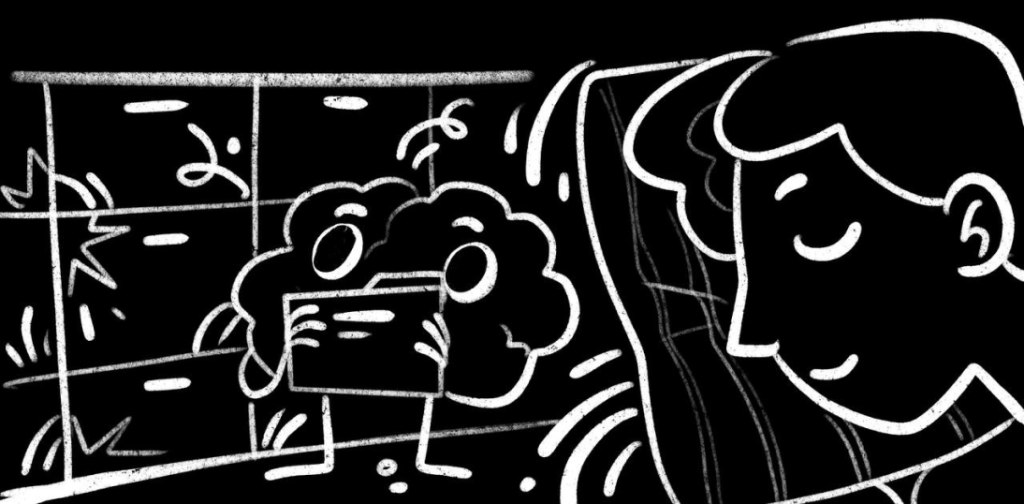
According to the natural scientific model, the causes of dreams may include vivid events, bodily sensations, memories, images, and associations.
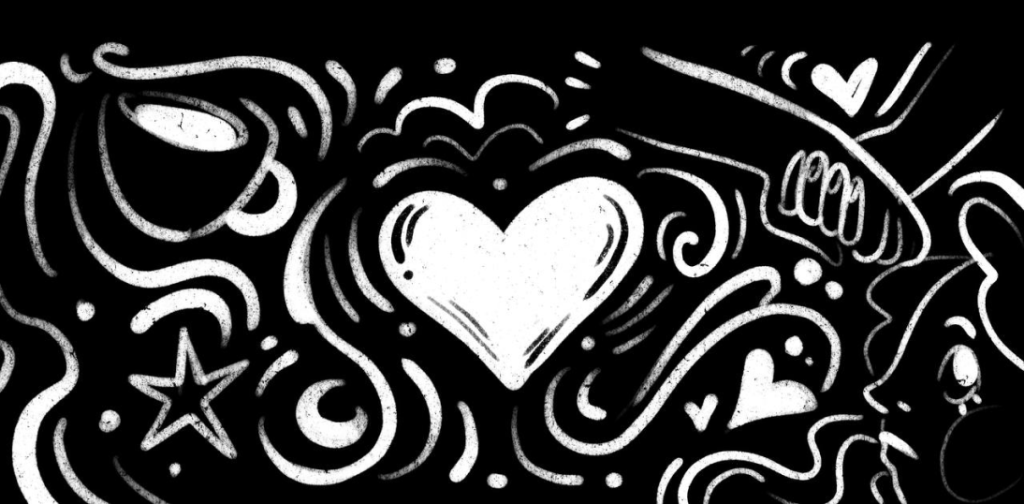
Science attributes the nature of dreams to brain activity. During sleep, the body is blocked by the brainstem, while the cerebral cortex is in a state of excitation and inhibition, creating the illusion of movements, events, and interactions with others. The imagery is formed from both memories and impressions, as well as current impulses from the sleeping body.
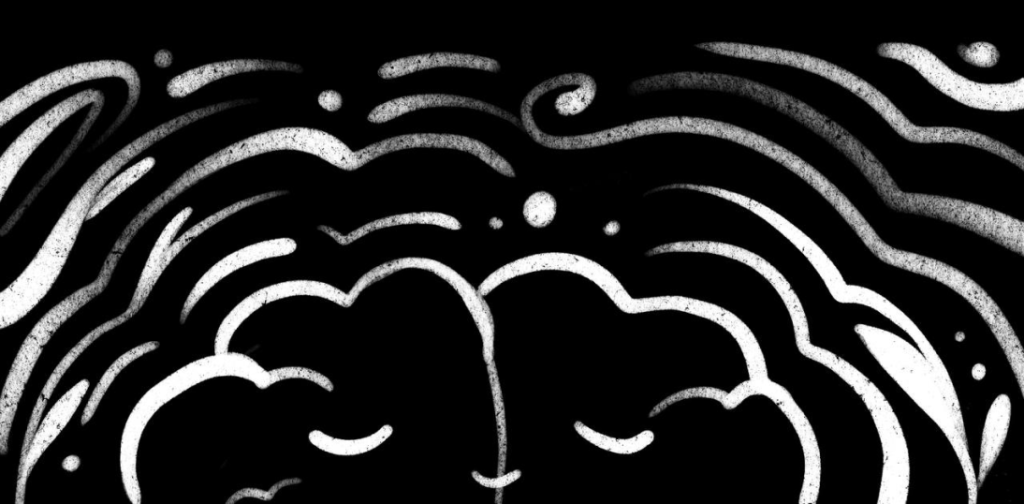
In the scientific approach, dream practices are divided into experimental and utilitarian. The experimental method involves various research techniques to study the process of sleep itself, its phases, and their characteristics. Utilitarian practices focus on preventing and improving sleep quality.
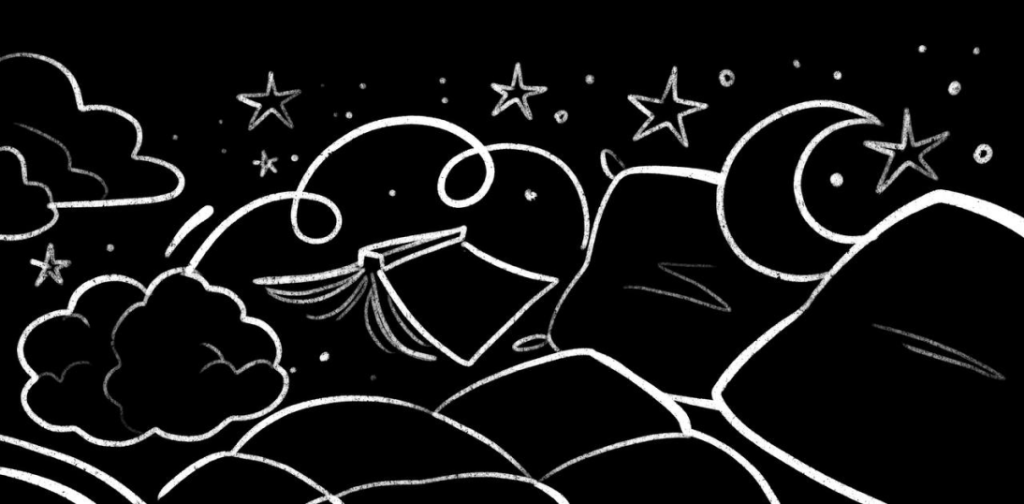
Psychology
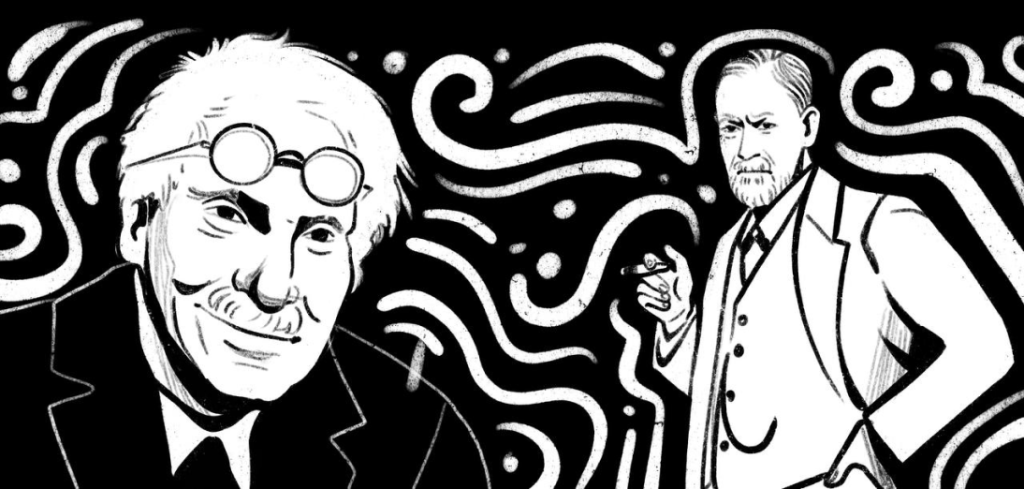
The psychological model emerged as a counterpoint to both the scientific and metaphysical models. It is based on the work of the renowned psychologist, psychoanalyst, and neurologist Sigmund Freud.
So, where do dreams come from according to psychology? Dreams are seen as manifestations of our unfulfilled desires, repressed memories, collective consciousness, and the unconscious mind.
From Sigmund Freud’s perspective, dreams are meant to provide psychological comfort by fulfilling, albeit symbolically, repressed desires that had to be suppressed during wakefulness. He viewed dreaming as a relatively harmless way of realizing unconscious impulses and resolving internal conflicts through emotional responses.
Carl Gustav Jung, on the other hand, saw dreams as messages from the unconscious, aimed at helping individuals confront the shadow side of their soul and thus restore their sense of wholeness. The main difference between Jung’s approach and Freud’s is that Jung believed that dreams do not merely uncover the unconscious; they are the unconscious. Jung did not see a distinction between the manifest and latent content of dreams because dream figures present themselves in the most direct way to the dreamer. Dreams always speak in a language understandable to the dreamer. Jung believed that the language of dreams is the true language of the unconscious, and dreaming is a message from the self to the self. Everything a person sees in a dream is a reflection of themselves and their soul in various manifestations, representing a dialogue between different structures of the unconscious.
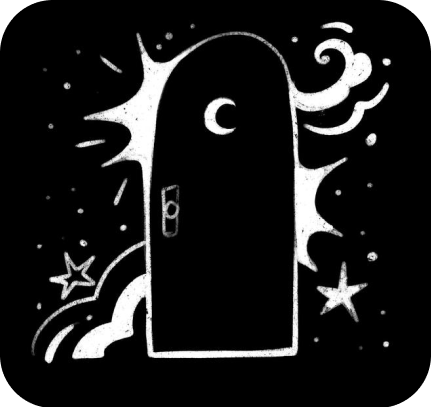
“Dreams are a hidden little door leading to the most secret and intimate corners of the soul and opening into the cosmic night.” — Carl Gustav Jung.
Alfred Adler, an Austrian psychologist and psychiatrist, believed that dreams are a kind of rehearsal for fulfilling desires or achieving desired goals. Adler thought that in dreams, people play out various scenarios for achieving their goals. Dreams, according to Adler, predict the future by forecasting potential difficulties on the path to the desired goal and suggesting possible solutions. This was his explanation for prophetic dreams.
The cause of dreams, according to Adler, involves the psyche’s work with repressed interpersonal conflicts, the rejection of one’s shadow aspects, and the individual’s desires and goals.
Sigmund Freud developed his own interpretation of dreams through dream analysis practices. He created his own dream dictionary using techniques of free association and symbolic interpretation. Jung, on the other hand, suggested slightly different practices with dreams: he recommended that clients draw their dreams, act out the plot, engage in dialogue with one of the dream characters, speak from their perspective, or imagine an ending to the dream.
Analyzing these three basic approaches to dreams, it is clear that each has its validity and each reveals a part of the truth. Metaphysics addresses the expansion of consciousness and prophetic dreams; science examines the workings of our body and its connection to brain activity; psychology explores the emotions we vividly experience or, conversely, wish to suppress.
Each approach looks at only one facet of dreams, making it difficult to declare any one as the singular truth. Perhaps each of them reveals aspects of the nature of dreams, reflecting the interplay of body, mind, and soul. In this sense, rather than opposing one approach to another, we can view them as complementary, unveiling the true nature of dreams and human nature, which cannot be confined to just material, psychological, or divine aspects. The complexity of human nature continues to provoke questions that remain unanswered.
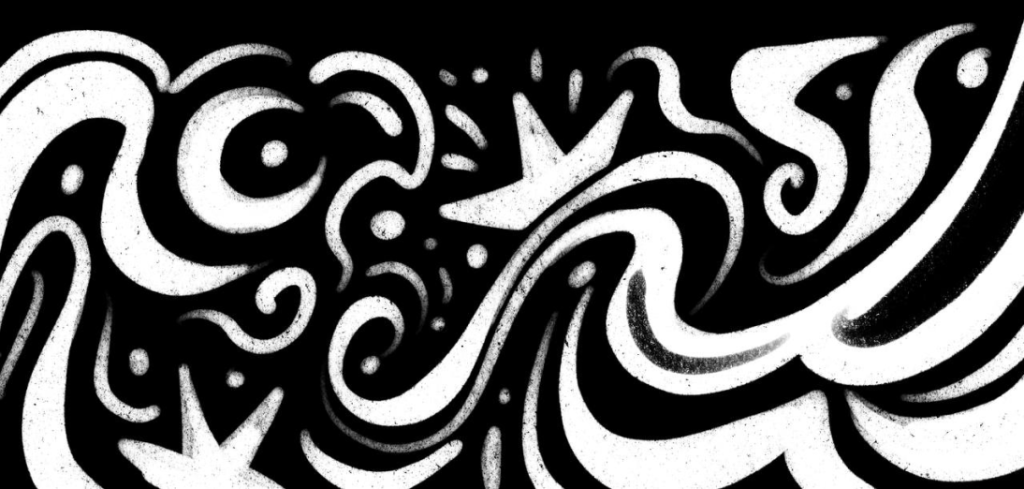
The double-slit paradox awaits you! Learn from particles how to act mysteriously and unpredictably.
Thank you!



